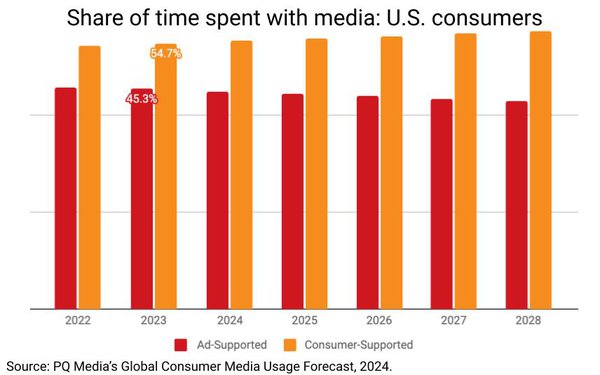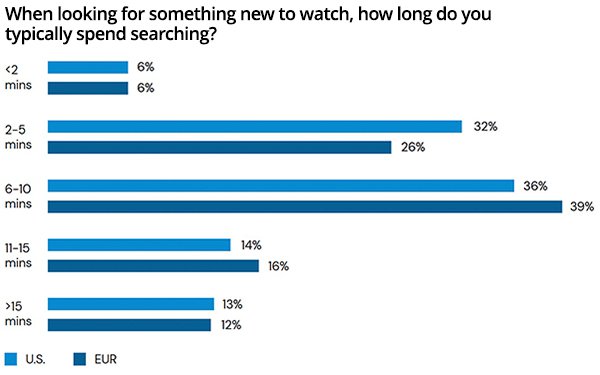RADIOWORLD
The Resilience of Radio: Connecting Through Music and Real Personalities
"The medium continues to serve as a bridge that brings people together through shared experiences and shared love for music"
Radio World’s “Guest Commentaries” section provides a platform for industry thought leaders and other readers to share their perspective on radio news, technological trends and more. If you’d like to contribute a commentary, or reply to an already published piece, send a submission to radioworld@futurenet.com.
The author is CEO of the National Federation of Community Broadcasters, which has been serving the nation’s community radio stations since 1978. NFCB commentaries are featured regularly at Radio World.
For some of us in public radio, the past few weeks have been tough. The recent resignation of a veteran National Public Radio (NPR) editor who penned an essay alleging liberal bias in the network’s coverage has reignited demands from some congressional members to strip the federal government’s funding from the nonprofit media organization.
If this ever were to pass, it would definitely hurt stations in the National Federation of Community Broadcasters (NFCB) membership. More than 60% of our members participate in a music licensing agreement between the Corporation for Public Broadcasting and SoundExchange, in which NPR has a critical role in administering.

In addition, many NFCB stations rely on the Public Radio Satellite System (PRSS), managed by NPR, to get many of their programs, not just from NPR but from American Public Media, Public Radio Exchange and others that distribute independent programs. And, of course, we all rely on the PRSS for national public safety since it is an integral part of our Emergency Alert System.
Additionally, the essay of the NPR editor conflated issues of a declining radio audience with a focus on DEI and community representation, which further allows anti-DEI sentiments to flourish in certain spaces.
This is what is most personally exhausting for me and many folks of color in radio, who have to defend our rights to be in certain rooms, and the value of centering our narratives which have been historically marginalized. For all of the above reasons, it has been challenging these past few weeks.
So, who would have thought that the balm for my soul would come from the Jacobs Media TechSurvey?!! An actual survey with data that presented me with facts over my own perception! Yes, the survey results and data presented by my friend Fred Jacobs centered on commercial radio, but there are a ton of community and public radio take-aways as well! The following are my reflections and musings from this calming survey, and you can download the report at Jacobs Media’s website.
In a world inundated with digital streaming services and AI-driven algorithms, radio continues to hold its ground as a significant medium for connecting people to music and real personalities. The recently published Jacobs Media Techsurvey 2024 report sheds light on the enduring appeal of radio, emphasizing that at its core, people tune in for the connections they feel with radio DJs and personalities; and music trumps all other formats.


















